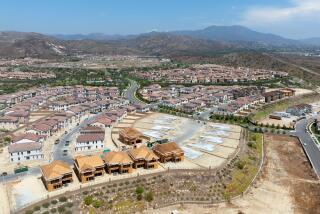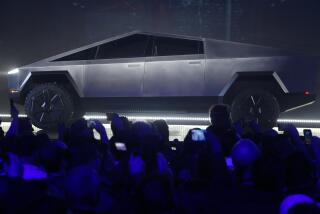All-electric hospital should open in Irvine by 2025
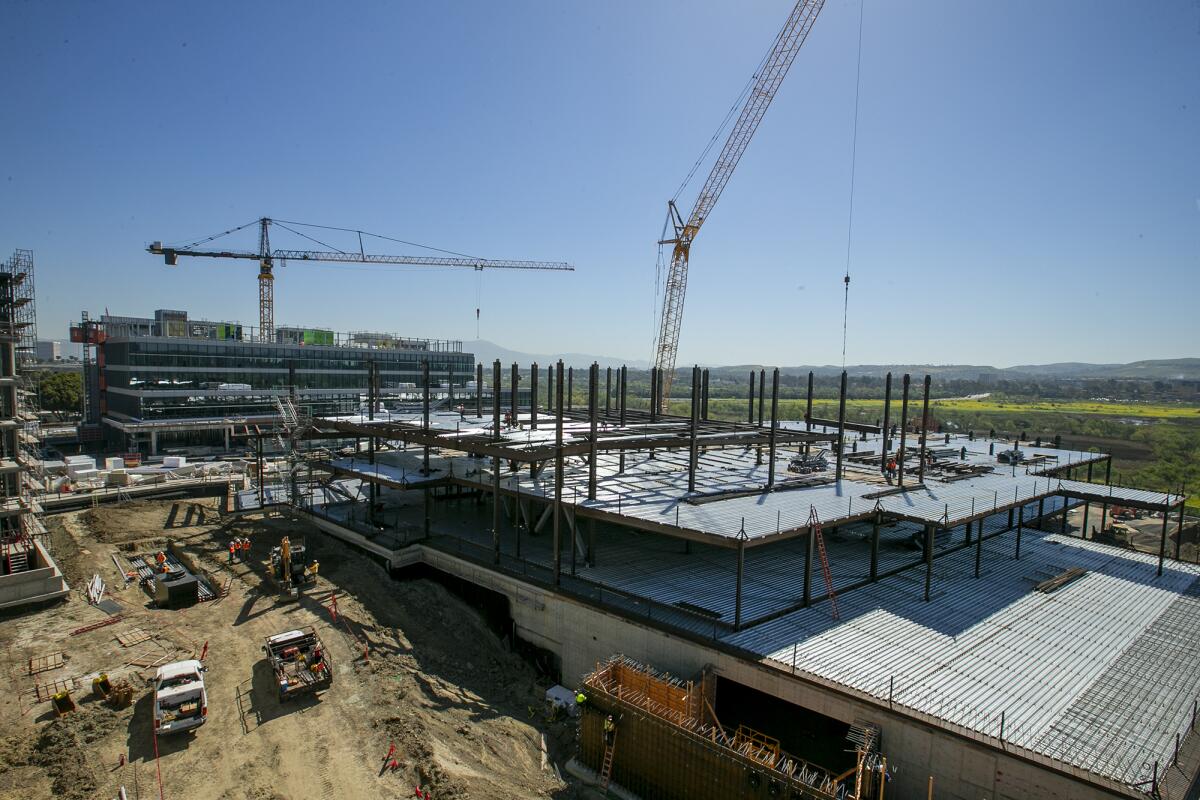
An all-electric medical center — believed to be the first of its kind in the U.S. — is expected to be fully operational in Irvine by 2025.
When plans were being developed in 2019 for an acute medical center at UC Irvine, the team members knew they wanted a facility that could operate entirely under electric power, according to Joe Brothman, facilities and general services director for UCI Health.
The 144-bed hospital, which broke ground in November 2021, will be part of a $1.3-billion medical complex for the university. UC Irvine says it is likely the first all-electric medical center in the U.S.
Brothman said hospitals, and healthcare in general, are heavy contributors to greenhouse gas emissions.
“Our operations are very energy-intensive,” he said. “Operating rooms and medical facilities themselves, due to their regulatory requirements, are usually operating 24 hours a day, 365 days a year. They use a lot of energy and resources.
“We are an industry in the business of healing people,” he added. “If our operations are contributing to negative health externalities, especially ... in underserved populations that have historically had negative health effects because of energy, we’re not fulfilling our mission.”
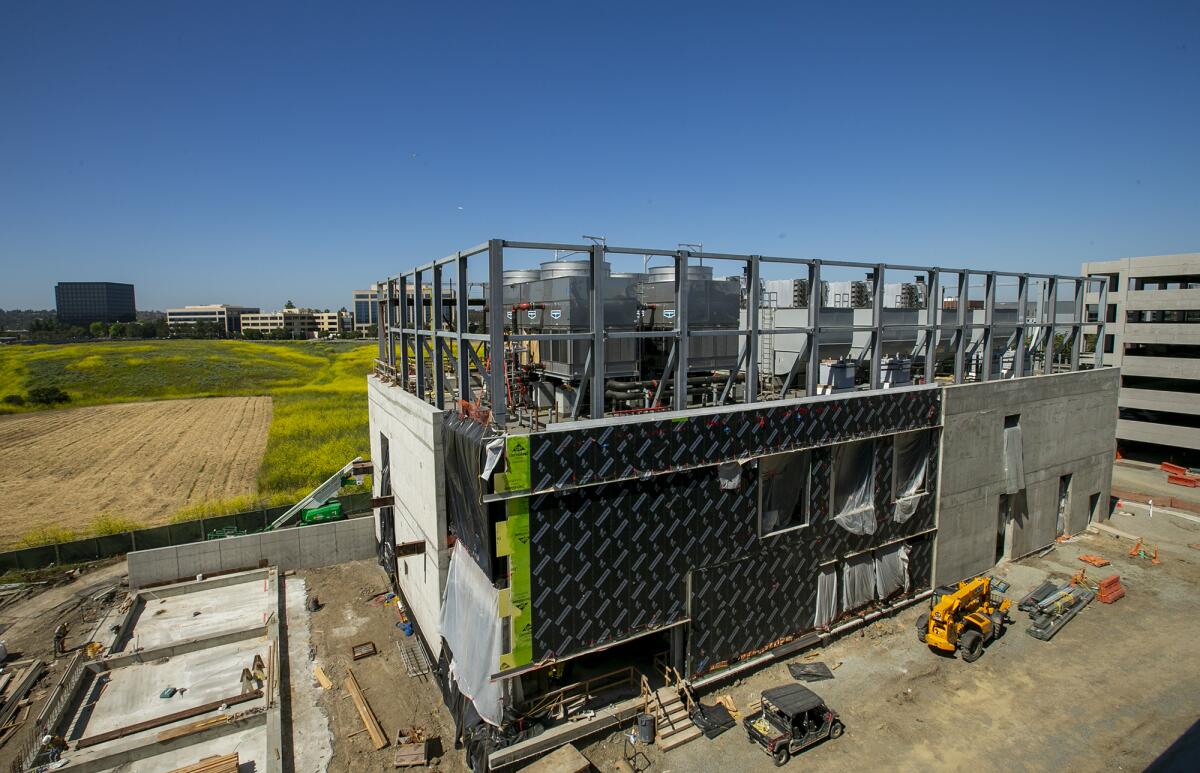
In addition to the 144-bed hospital and emergency department, the UCI Medical Center Irvine-Newport is expected to include an outpatient center for advanced care, a center for children’s health and the Chao Family Comprehensive Cancer Center and Ambulatory Care building. The advanced care center is expected to be the first of the buildings to open, as soon as next spring.
This will be the second major medical campus in the UC Irvine system; the first is in Orange.
“The new [center] will be a full-service academic medical complex, bringing a broad range of the most advanced healthcare services to coastal and southern Orange County, including access to the hundreds of clinical trials underway at UCI Health,” UCI Health Chief Executive Chad Lefteris said at the time of the groundbreaking.
Members of the media on Friday were given the opportunity to see inside the 350,000-square-foot center.
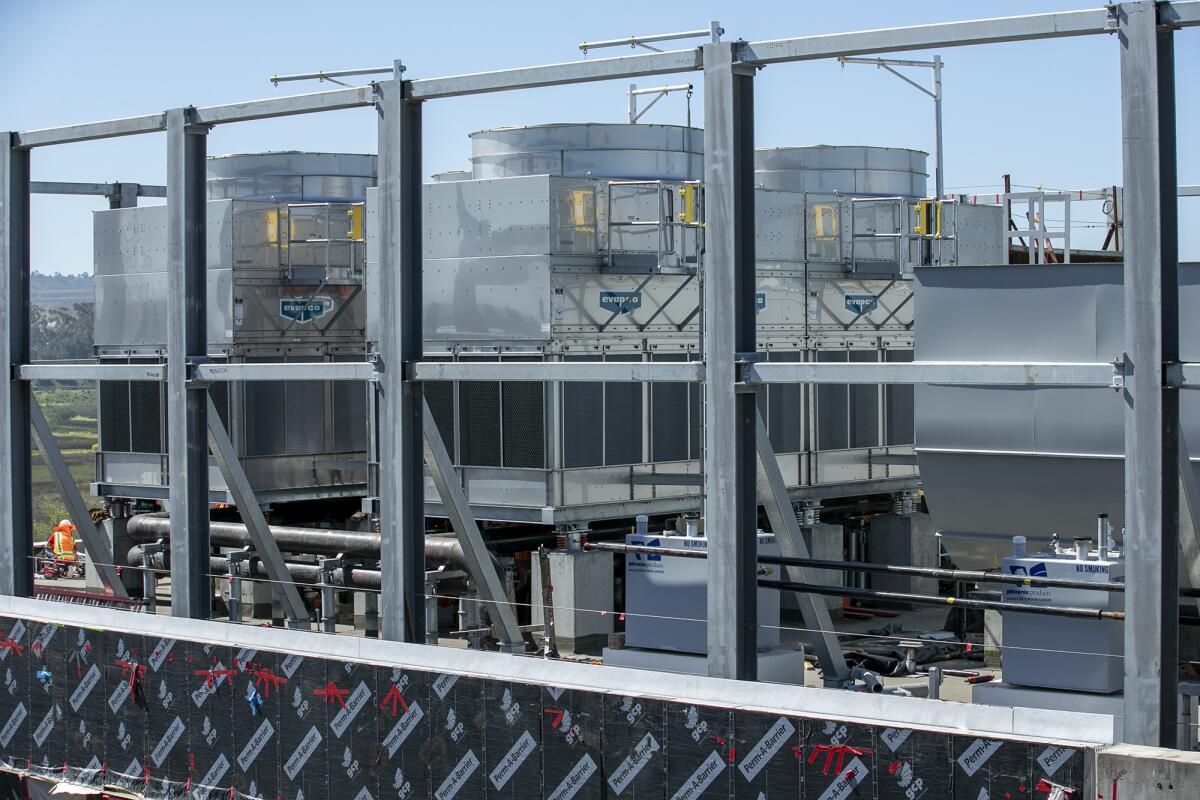
The hospital and the ambulatory care center will be powered by an Essential Utilities plant that does not rely on carbon combustion or natural gas.
Brothman noted that the hospital would have backup diesel generators in the event of a power failure, but the goal is for day-to-day operations to be completely under electric power.
“Since our health system is able to purchase electricity on the open market, we procure 100% sustainably produced electricity,” Brothman said. “The operations at our Irvine campus will be some of the greenest energy, portfolio-wise, that we are aware of, especially for an academic medical center of this size and complexity.”
He added that the central utilities would incorporate a “smattering” of technologies that would heat and cool the building by producing chilled and hot water, as well as steam for humidification and cleaning. Instead of the standard single central boiler, Brothman said, the hospital will have small steam boilers at each point of use.
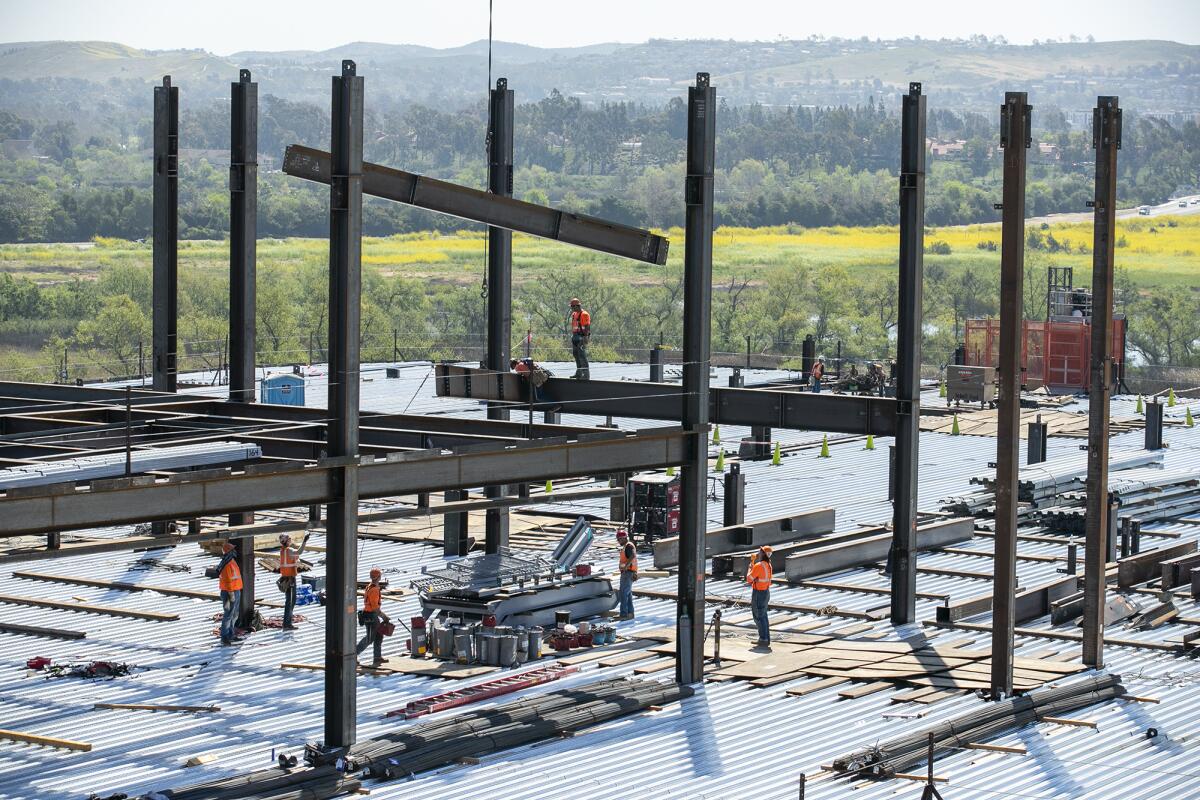
“It won’t be one piped steam line running around our campus, so that means that during an earthquake or construction, there isn’t a risk of rupturing a steam line and rendering our heating, cooling or cleaning unable to do that critical function,” he said.
Another advantage is that the hospital won’t be affected by fluctuations in prices of natural gas.
“It’s a way for us to hedge our bets. ... We’re not beholden to those energy prices that are totally out of our control,” Brothman said. “We can choose to use electricity and purchase power on the open market.”
Although full electrification of UCI Health’s other facilities is far away, Brothman said, there is a team with the organization that is seeking out opportunities to make the switch at existing buildings, including those on the Orange campus.
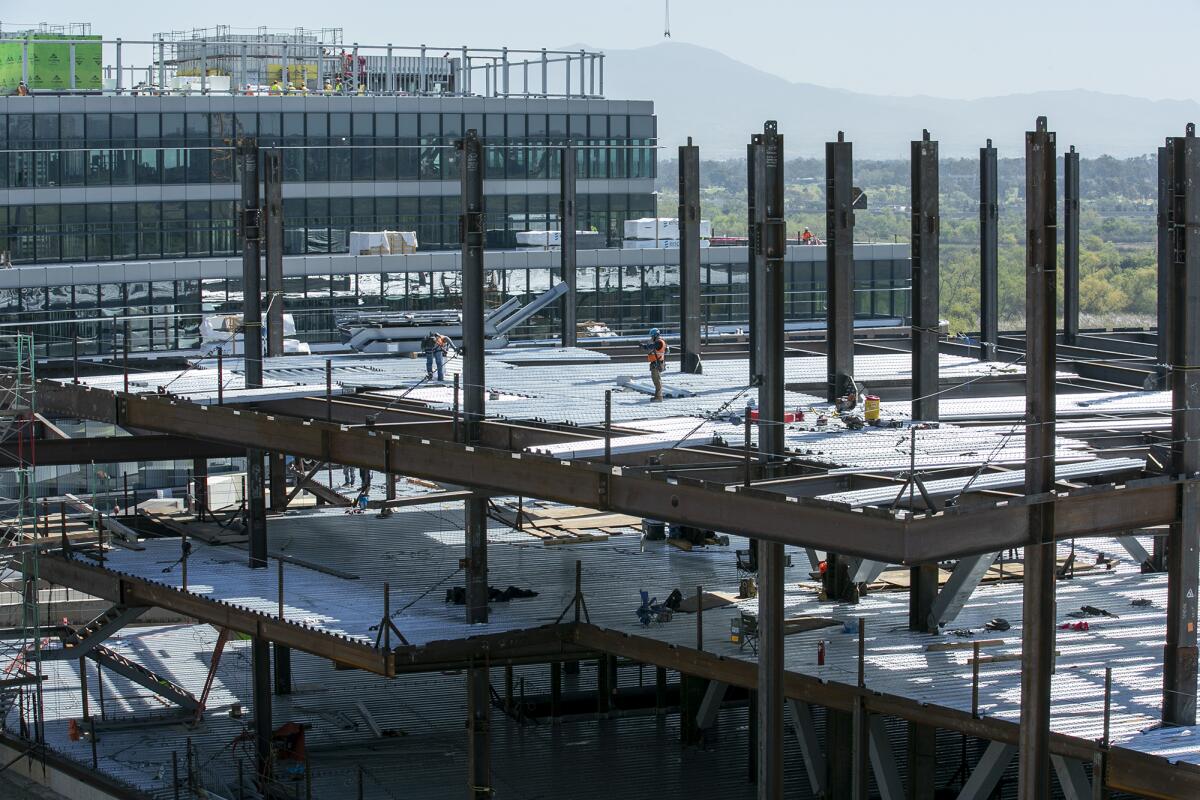
More to Read
Sign up for Essential California
The most important California stories and recommendations in your inbox every morning.
You may occasionally receive promotional content from the Los Angeles Times.
